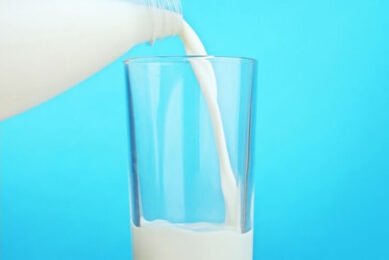Critical Success Factors for going global

Globalisation of food products has become a common thing. Our dairy products are shipped to the other side of the world and sometimes arrive at the destination within 24 hours. This is a positive development and it gives exporting countries new opportunities for trade, which increases the returns for dairies. The downside of all this is that they are focusing on these new markets with a restricted portfolio only. This is increasing the risks, partly caused by growing tensions between countries. This is demanding another critical look at risk management. For discussion I therefore would like to give you some Critical Success Factors to keep in mind.
First of all, unforeseen currency differences can cause problems and dairy companies can lose these markets suddenly because of this. Look at Russia in 2014 and Egypt in 2016. Compared to the US dollar, the currencies in Russia and Egypt have deflated with 50%. The result: importing products into Russia and Egypt are twice as expensive. Also the Brexit influences business deals between countries and the UK. The value of the British pound is 15% weaker. And think of the political changes in, for example Ukraine and in 2017 in the United States (the ‘Trump effect‘). These unstable political situations can change trade almost overnight. And now with the UK to become a non-EU country, the import restrictions are increasing. At the moment, Turkey has an import ban on dairy cattle and products. This has resulted in a 0.5% reduction of dairy export from my country; the Netherlands.
At the same time, everybody is aware of the drought and hunger in Middle African countries. But doing business and help the population in South Sudan is impossible, due to politics. Dairy products used to be shipped to Africa in larger amounts than today. But the corruption and scandals are blocking ways for companies such as diary producers to import food and if they export dairy products to these countries, the risks are higher. Another example of risk management: at the end of March, dairy processor FrieslandCampina had to deal with a value reduction of shares of their partner Huishan Dairy Group in China. In turn, this must have influences on margins and profit.
My lesson learned in this is that when going abroad with your milk products you have to deal with unforeseen extra risks. You can lose markets overnight. So this is why having a broader portfolio of products and markets is advisable. Less risks and having a strong position in your region is a good solution to ensure good average milk prices and spread the risks of changing milk prices.
Join 13,000+ subscribers
Subscribe to our newsletter to stay updated about all the need-to-know content in the dairy sector, two times a week.










